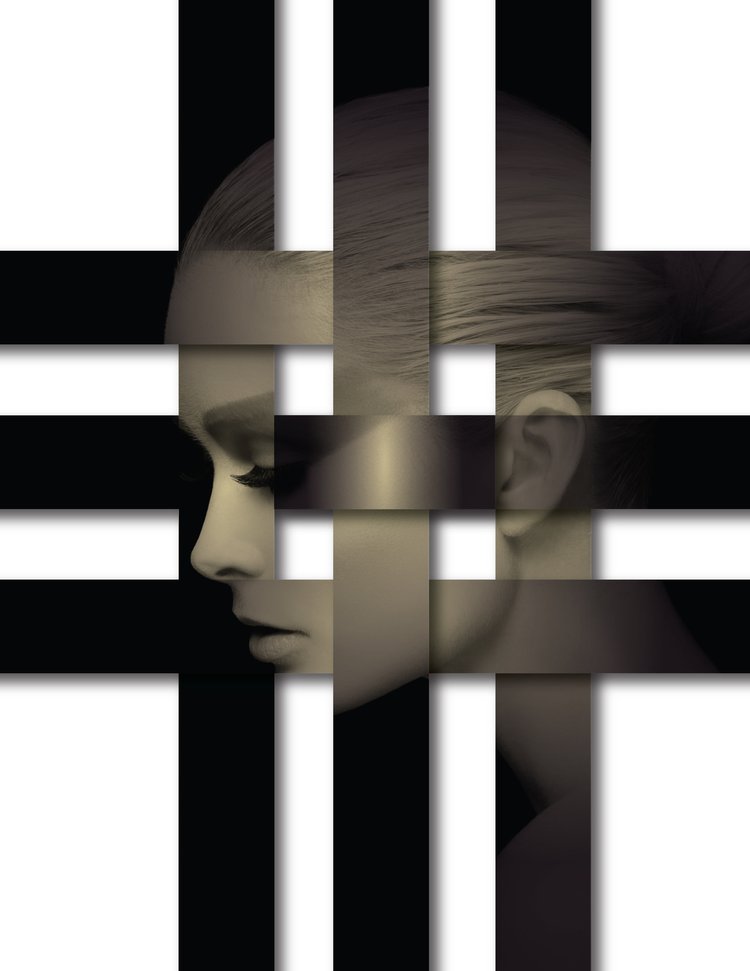Sometimes, the first step is the most difficult one to take when it comes to getting started in photography. Here are seven steps to help guide you through your journey in creating amazing pictures.
Step 1: The Idea
Everything starts with a big idea. As soon as the idea comes write it down right away. Computers and other devices are great, but I prefer putting pen to paper. Maybe I'm old fashion but this seems to work the best for me. Give it a try and see how it works for you. Start with the idea and define it by writing it down.
Step 2: Research
Today, it's easier than ever before to do research. I used to keep countless books of tear sheets from old magazines as research material, but today, we have Pinterest to make our lives easier Use Pinterest to make inspirations boards and do conduct your research. After you write down your idea, dive into research.
Step 3: The Sketch
I'm no Picasso, but I am a visual person. Sketching out my ideas after doing the research has always helped me in visualizing how I will bring my vision to life. In advertising assignments, one of the first things clients send sketches or some type of visual board. The sketch helps you see things in a clear way and visualize the image for the first time in a tangible manner. It also helps me when you need to share your idea with your team. I can share an idea with my team but they may have a different visual in their mind. When I show and tell it helps my team come together as a unit to bring the vision to life.
Step 4: Pre-Production
Pre-production is probably the most important aspects of any photo shoot, and the bigger the shoot, the more important pre-production is. Whenever I mention this in a seminar or workshop someone always says "what is pre-production?" Pre-production is the process of producing your photo shoot or putting the shot together. You have your idea, you've done your research, you have a sketch and now it's time to figure out all the elements come together to make your shoot a success. The big elements are easy to see, but it's the small details that can often become overlooked and make or break a photo shoot. Pre-production is the key to having a fantastic shoot, so make sure you go over every element and mentally walk through the steps to bring your vision to life. The more time you spend producing, the better things will be on your shoot day. If you're shooting a model, what color will her nails be? If you're shooting on a beach, how will you change lenses if it's windy? Try to think of every small detail you can and plan for your success. A key element to always have is a call sheet. No matter how big or small this will keep you from going crazy when you move to the next step.
Step 5: Taking Your Picture
This is the fun part, which is why so many people want to start here, but if you skip the steps before this and jump into taking a picture you will find yourself in the same place year after year. Great pictures are rarely a mistake. Yes, there are those times when something amazing takes place right in front of your camera, but it happens more often to the photographer who is trained to create great images.
To create amazing pictures, you must think like a movie director because great pictures often tell a story and have a hero. Sometimes the hero is very obvious, like in the image of the Japanese woman in the middle of the bamboo forest. The woman is the hero of the image but the bamboo forest is the supporting cast. In the image of the Washington Monument, the monument is the hero, but the sunrise sets the mood.
Both images were planned. For the model image, I scouted a model from a Japanese agency in Osaka, Japan and had her come to Kyoto, Japan for the shoot. I talked to the makeup artist while I was still in America so we were all clear about the concept before the shoot
. For the image of the monument, I looked up the time for sunrise, went to the location the day before to find my angle and then got up and 4:00 a.m. to take my place and wait for the perfect moment.























